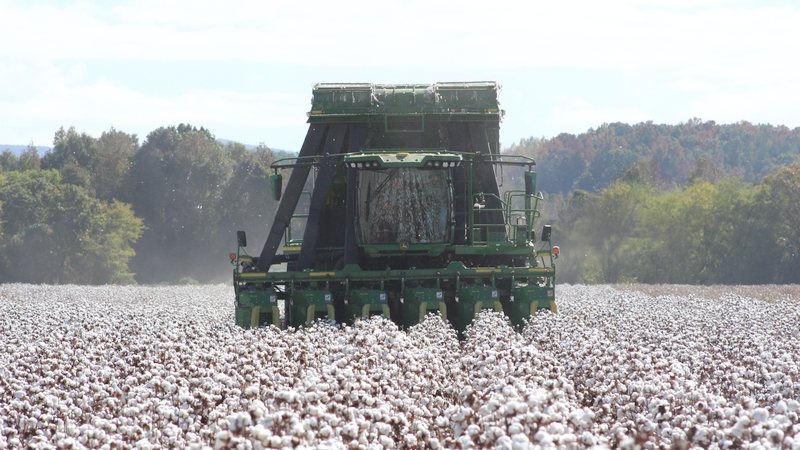Certified FiberMax: Connecting High Quality Cotton Growers and Buyers
As U.S. cotton growers prepare for their ninth harvest of FiberMax cotton, the Certified FiberMax Cotton program remains in place to ensure that merchants, spinners and others get the fiber they’ve come to expect.
The Certified FiberMax Cotton program was created to ensure the brand value of the lint produced by FiberMax growers. Our primary goal of the Certified FiberMax Cotton program is simple: We want to ensure that if Certified FiberMax is ordered, then Certified FiberMax is delivered.
The Certified FiberMax program is still young, but has already proven to be of tremendous value. The program is an excellent example of how Bayer CropScience identifies and implements innovative solutions that can benefit not just cotton growers, but also merchants, spinners and others.
Each year, U.S. cotton growers register several hundred thousand bales of Certified FiberMax cotton. The bale numbers are loaded onto www.CertifiedFiberMax.com, where merchants and spinners can log on and easily track individual bales.
The program is simple yet effective, and we are pleased with the results to date. We are now seeing mill demand from Asian textile mills and are creating further interest at the downstream “brand” level. This is, in part, thanks to the tireless efforts of individuals like Brent Crossland, district sales manager, West district, who has traveled tens of thousands of miles across the globe each year to promote the program and its benefits.
Brent and I were among those who attended the third annual Certified FiberMax Quality Summit in Singapore in late June. As a networking and information-gathering event, the Summit sparked spirited conversation among grower, merchant, mill and apparel representatives from across the globe.
One point noted throughout the summit was the United States’ standing as the world’s largest exporter of cotton. That means U.S. growers are charged with a large challenge – and a larger opportunity – as they focus on producing desirable fiber for a growing number of international customers.
U.S. quality standards currently lag behind those for international mills. Jeanne Reeves of Cotton Incorporated illustrated the difference in base quality standards:
- Staple: 35 to 36 for international mills vs. 34 for U.S.
- Strength: 27 to 28 g/tex international vs. 26 g/tex U.S.
- Micronaire: 3.8 to 4.6 international vs. 3.5 to 4.9 U.S.
- Length uniformity: 82+ international vs. 80 to 82 U.S.
- Color: 21 to 31 international vs. 41 U.S.
- Leaf grade: 2 to 3 international vs. 4 U.S.
Good News
The good news for growers of FiberMax cotton is that each FiberMax seed variety can often meet the more stringent parameters sought by international mills, provided that the varieties are managed properly and weather conditions are not severe. The Certified FiberMax Cotton program, in turn, connects growers of high-quality FiberMax cotton with buyers and spinners.
As part of a recent encouraging trend, we have established direct mill demand with many of the primary Asian textile mills. This demand was cultivated in part from events such as the annual Quality Summit in Singapore.
We expect this trend to continue as new marketing programs come on-line. Pilot programs with selected gins in Texas, Louisiana, Missouri and Georgia are in the works. These marketing programs can give mills a consistent supply of high quality Certified FiberMax cotton that features less contamination, fewer neps and the benefit of on-site storage.
Looking toward the future, the global FiberMax brand is gaining worldwide recognition and respect. Richard Knowles, president of merchant Knowles-Taylor Cotton Company in Matador, Texas, said at the Singapore conference that this program is paving the way for the future of fiber merchandising. We hold nothing but the highest optimism that this unique marketing approach will continue to be a success.








